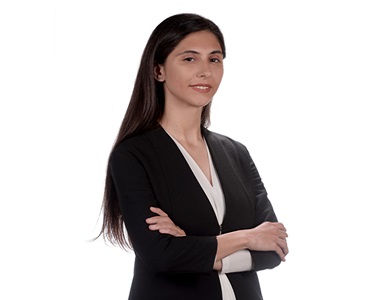Sharing Date24 Jul, 2024
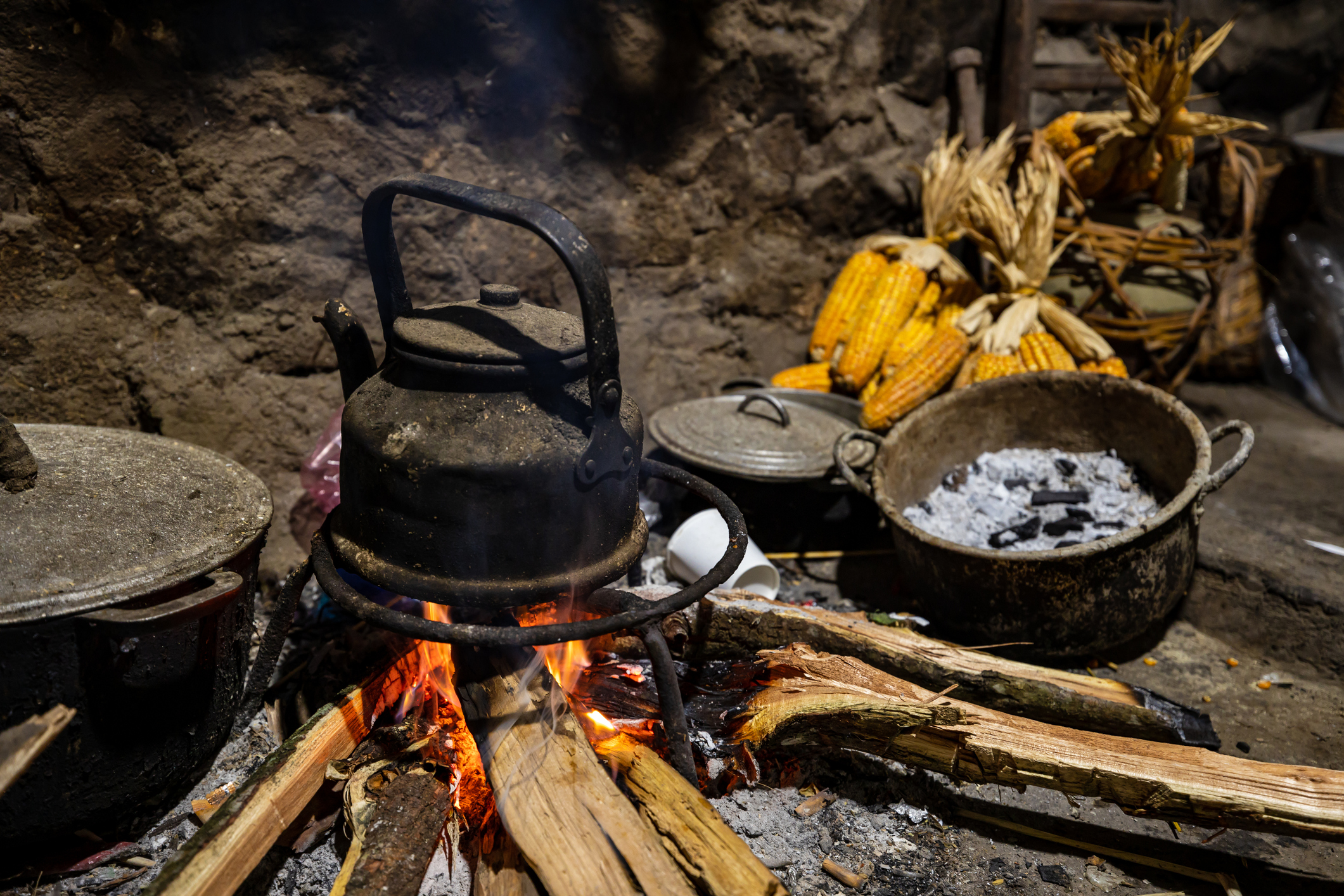
One in four people worldwide is still forced to use open-fire stoves because they lack access to clean cooking solutions. Around 3.2 million people die early each year from indoor air pollution caused by cooking with smoky fuels. This pollution leads to lung cancer, chronic respiratory diseases, and heart disease. Furthermore, this cooking method adversely impacts climate change by contributing around 2% of global greenhouse gas emissions [1].
This situation highlights the importance of focusing on stove types and usage patterns. Stoves are divided into two categories: traditional (open-fire) and modern. The traditional stoves, shown in the image below, use fuels such as wood, coal, agricultural waste, and dung and are simple in design placed on a stone or metal support. Due to their simplicity, these stoves often lead to incomplete combustion, insufficient oxygen supply during combustion, and inadequate heat transfer to the cooking pot. This results in low combustion efficiency, as the fuel cannot be fully converted into energy. Furthermore, traditional stoves emit high levels of pollutants, which negatively affect indoor air quality. All of these factors contribute to health problems, environmental degradation, and the deepening of gender inequalities. Women and children are particularly at risk due to the tasks of collecting fuel and cooking on smoky stoves for long hours. This disadvantaged group is deprived of opportunities in education, employment, and social engagement while engaged in dangerous and time-consuming tasks.
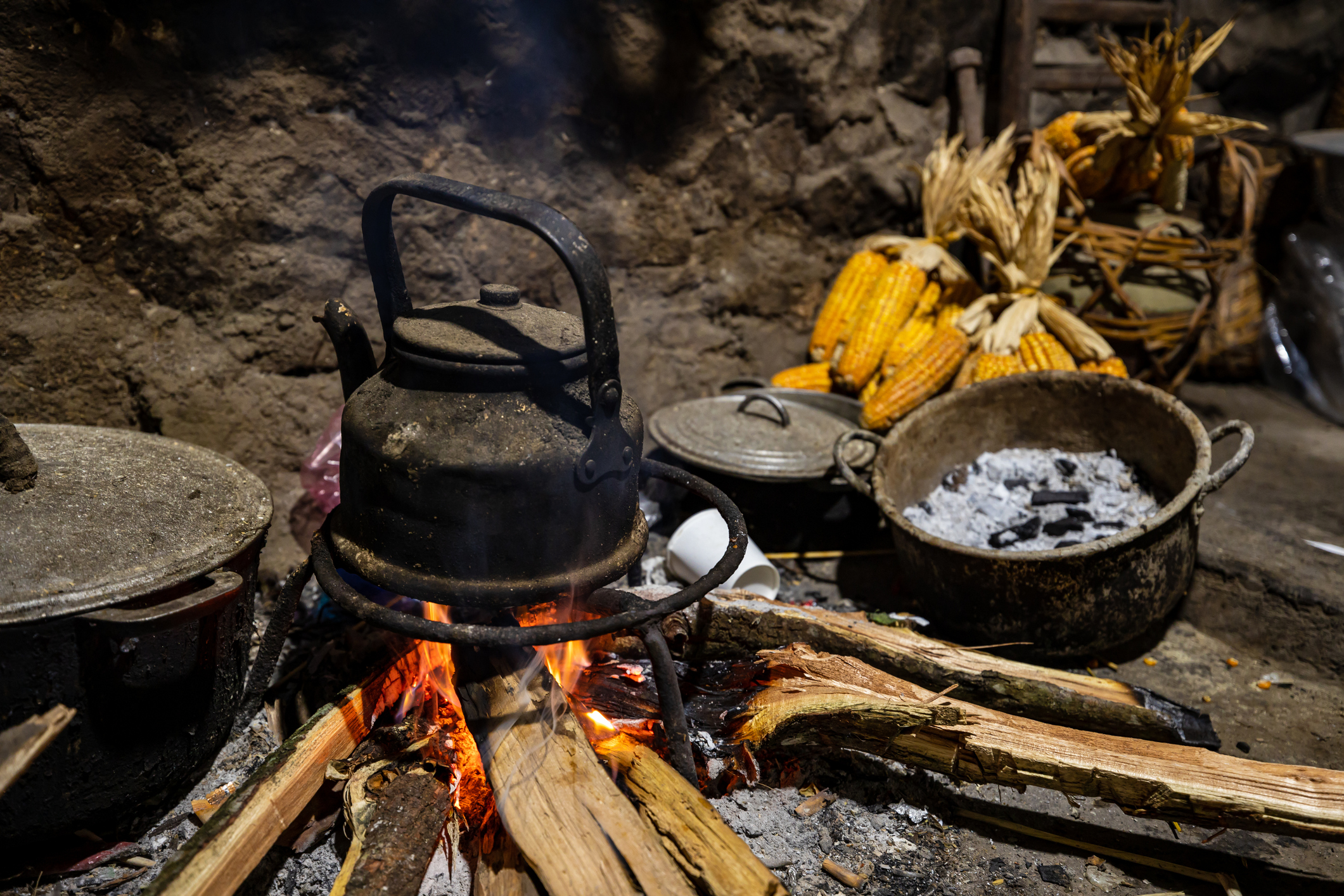
Figure 1: Image of a Traditional Stove
On the other hand, modern stoves focus on more efficient combustion and reduced emissions. Modern stoves are designed with combustion chambers that provide sufficient oxygen and convert all fuel to energy. Technological advancements not only improve combustion efficiency but also significantlylower harmful air emissions. These designs optimizing the combustion process and reducing harmful air emissions consume less fuel and shorten cooking time.
Modern stoves are divided into two types: improved stoves and clean stoves. Improved stoves provide cooking solutions that burn fuel more efficiently than traditional ones.
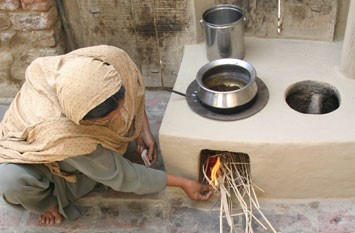
Figure 2: Image of an Improved Stove
On the other hand, clean stoves can run on various energy sources such as solar energy, electricity, LPG, biogas, ethanol, and pellets. This diversity provides different solutions based on users’ needs and available energy sources. Both improved and clean cooking technologies enhance indoor air quality by reducing environmental impact and significantly improving public health.
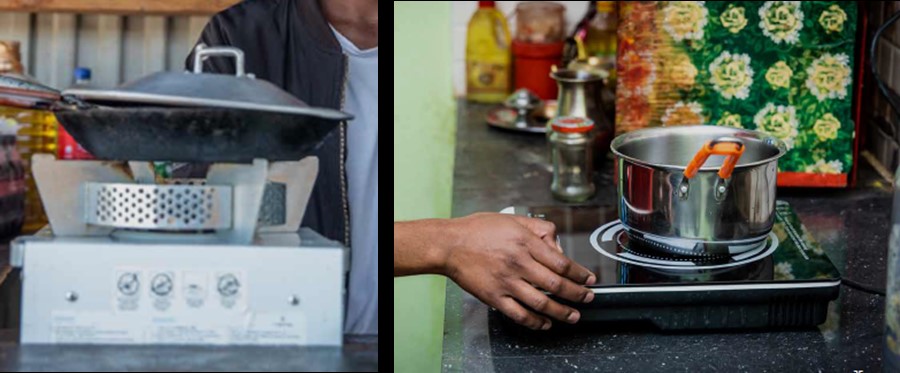
Figure 3: Image of a Clean Stove
After discussing cooking methods, it is necessary to address how clean cooking projects relate to carbon credits. A carbon credit is an economic tool developed to reduce or offset greenhouse gas emissions, equating to the removal of one ton of carbon dioxide equivalent (CO2e) emissions from the atmosphere. Stove carbon credits are derived from the reduction of carbon emissions achieved by replacing traditional stoves with modern and more efficient stoves. These credits are calculated and certified by measuring the fuel savings and emissions reductions achieved with efficient stoves. Carbon credits are critical for financing modern stove projects and encouraging their widespread adoption, as they can help make clean cooking solutions more accessible to more people. For example, 4,640 improved stoves offered under a subsidized sales model in Guatemala prevent 20,172 tons of CO2e emissions. Studies show that this project has reduced the time spent collecting firewood by 83%, saved 4.29 tons of firewood per household annually, and contributed to reducing deforestation as a result. It is also reported that the technology has reduced indoor air pollution by 67% and lowered the number of people exposed to respiratory diseases, eye irritation and burns[2].In Türkiye, producing carbon credits through clean cooking projects is not very feasible due to the lack of traditional open-fire cooking systems. The widespread use of gas and electric stoves in urban areas limits the fuel savings and emissions reduction potential provided by clean cooking projects. Thus, carbon credit production in Türkiye generally focuses on renewable energy and energy efficiency projects. Cooking technologies have benefited from approximately half a billion US dollars annually in carbon financing over the past decade. Due to the increasing demand for these technologies and projects, a record level of carbon credits was issued in 2020. Two carbon standards stand out in the supply of cooking carbon credits. The first of these standards, the Gold Standard, is the most preferred main standard for developers of clean and improved cooking projects. The other one is Verra’s VCS (Verified Carbon Standard) Program ranking second in cooking carbon credit volume after the Gold Standard. The remaining carbon credits are attributed to historical credits issued under the Clean Development Mechanism (CDM). Although CDM does not permit post-2020 issuances in this category, credits from past projects are still available in the market. These standards play an essential role in the fight against climate change by ensuring the accuracy and effectiveness of projects[3].
To guarantee transparency and reliability in the carbon market, carbon financing must be responsibly managed and grounded in robust, up-to-date scientific data. Transparent and fair carbon financing enables the sustainable development of clean and improved cooking markets. However, the nature of offset programs inherently involves uncertainty in determining emission reductions, leading to some debates about specific projects. For instance, a study conducted at the University of California, Berkeley estimates that cooking technology carbon credits are over-credited by a factor of 9.2[4]. Just a few months ago, a former CEO of C-Quest Capital (a carbon-developing company) was implicated in a scandal where millions of carbon credits were allegedly over-issued in connection with clean cooking programs registered with Verra’s carbon credits[5]. Such incidents highlight the challenges of transparency and reliability in the carbon market and the need for strict auditing and verification processes.
Apart from these issues, there is a debate about fuel consumption specifically for cooking technologies. CDM’s previous baseline efficiencies for stoves were found to be lower than those available in the literature, while project stove efficiencies in the laboratory were reported to be higher than real-world performance in the field. In addition to fuel consumption debates, an important issue to consider is the fraction of non-renewable biomass (fNRB). fNRB represents the proportion of woody biomass harvested unsustainably and is a critical input in calculating carbon emissions reductions in clean cooking projects. The fNRB values previously set by CDM are now outdated. A different tool has been used since 2017, and it is believed that the accepted fNRB rate in this tool is much higher than the actual application value.
Monitoring and encouraging user behavior is crucial, as assumed emission reductions cannot occur unless modern stoves are actually used. According to user surveys conducted by organizations that certify carbon credits, most users predominantly continue using modern stoves. However, observations made by independent researchers contradict these results. Cultural habits and social norms can make adopting modern stoves difficult. Additionally, maintenance and repair needs may prevent users from using these devices continuously. High fuel costs for modern stoves also presents an economic barrier. Another factor is the rebound effect: an increase in stove usage often occurs after adopting modern stoves. Projects measuring fuel consumption with kitchen performance tests account for this rebound effect by considering the increase in fuel consumption. Yet, this situation, which cannot be sufficiently measured with various calculation methods, may prevent the achievement of expected results in emission reduction goals[6].
Carbon credits contribute to reducing global emissions and achieving sustainable development goals by promoting the adoption of clean cooking solutions. However, it is essential to carefully examine carbon reduction methodologies and continually monitor and evaluate the effectiveness of projects. Such attention and precision are critical to ensure the accuracy and reliability of projects, achieve emission reduction goals, and provide real environmental benefits.
References
1) The Guardian. (2024). Cookstove carbon offsets overstate climate benefit by 1,000%, study finds. Available at: https://www.theguardian.com/environment/2024/jan/23/clean-cookstove-carbon-offsets-overstate-climate-benefit-by-1000-percent .Date accessed: June 2024.
2) Gold Standard. Guatemala Improved Cookstoves. Available at:
https://marketplace.goldstandard.org/collections/projects/products/co2-balance-guatemala-improved-Cookstoves .Date accessed: July 2024.
3) A Call to Action: Delivering Responsible Carbon Finance. Clean Cooking Alliance. (2024). Available at: https://cleancooking.org/wp-content/uploads/2024/05/CCA_A-Call-to-Action_Delivering-Responsible-Carbon-Finance.pdf .Date accessed: July 2024.
4) Gill-Wiehl, A., Kammen, D. M. ve Haya, B. K. (2024). Pervasive over-crediting from cookstove offset methodologies. Nature Sustainability, 7(2), 191–202. https://doi.org/10.1038/s41893-023-01259-6.
5) Bloomberg. (2024). Carbon Offsets Developer Reports Ex-CEO to Feds Over Bad Credits. Available at: https://www.bloomberg.com/news/articles/2024-07-03/carbon-developer-reports-former-ceo-to-authorities-over-bad-cookstove-offsets .Date accessed: July 2024.
6) Gill-Wiehl, A., Kammen, D. M. ve Haya, B. K. (2024), ibid.

